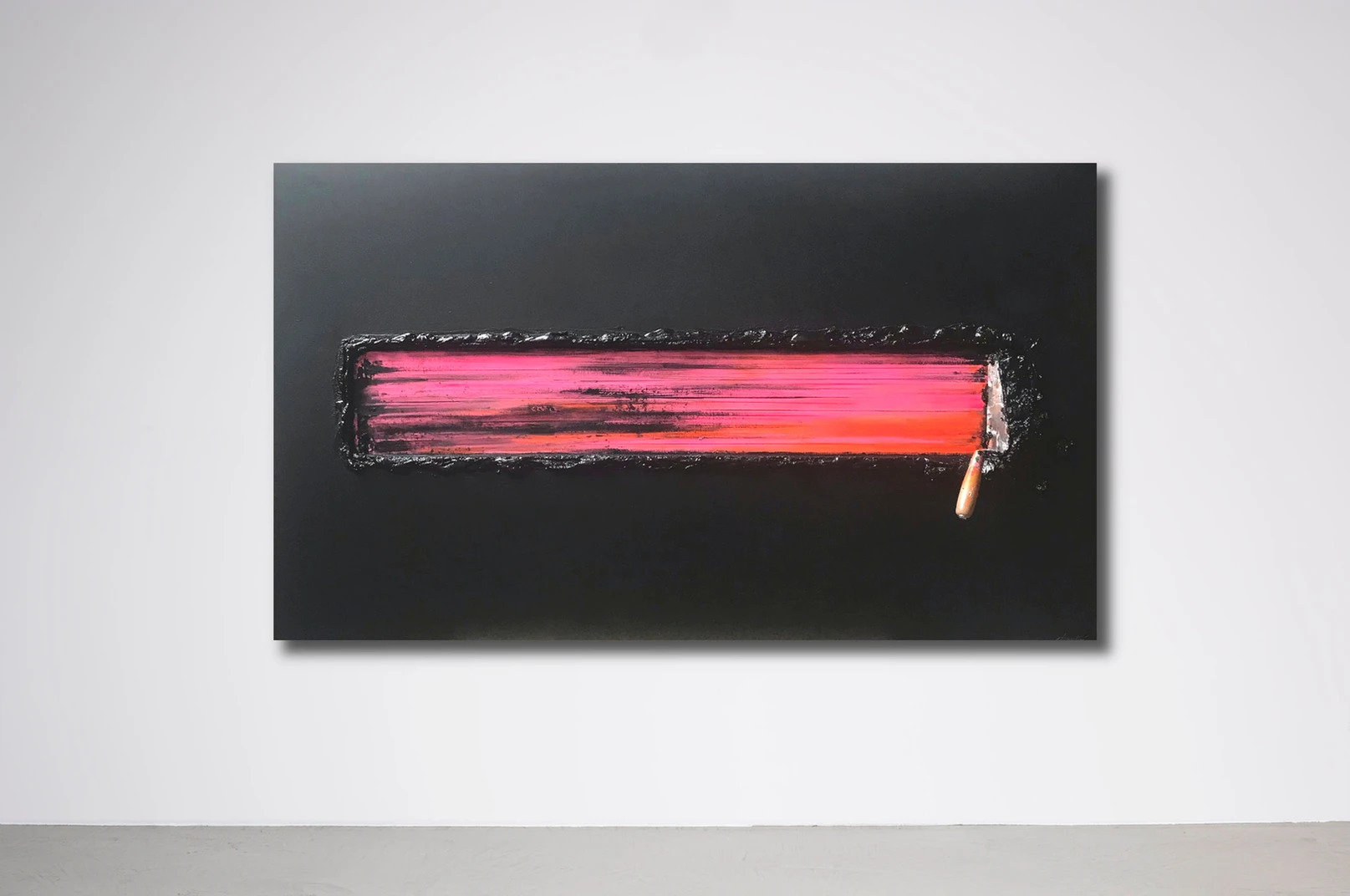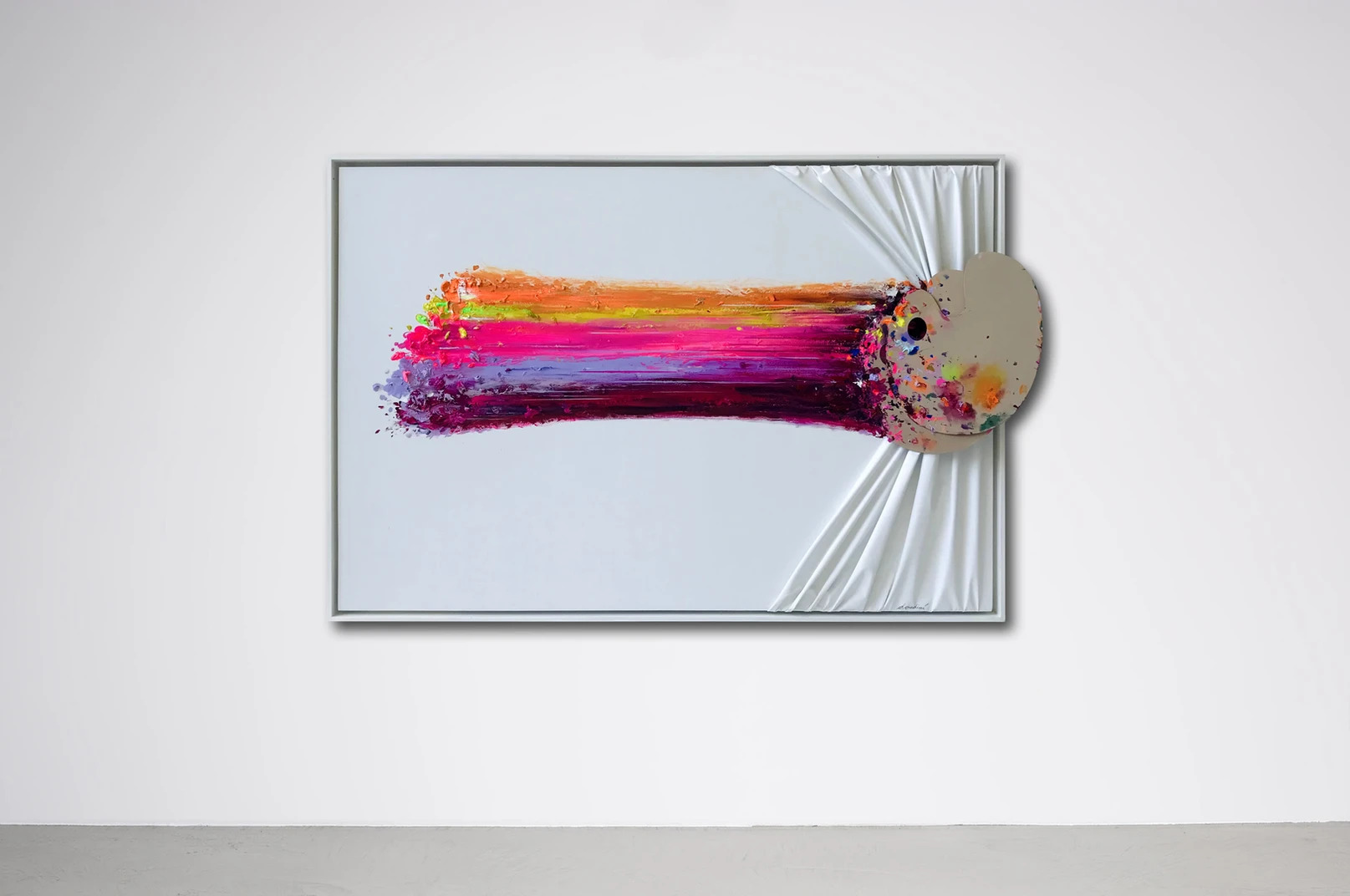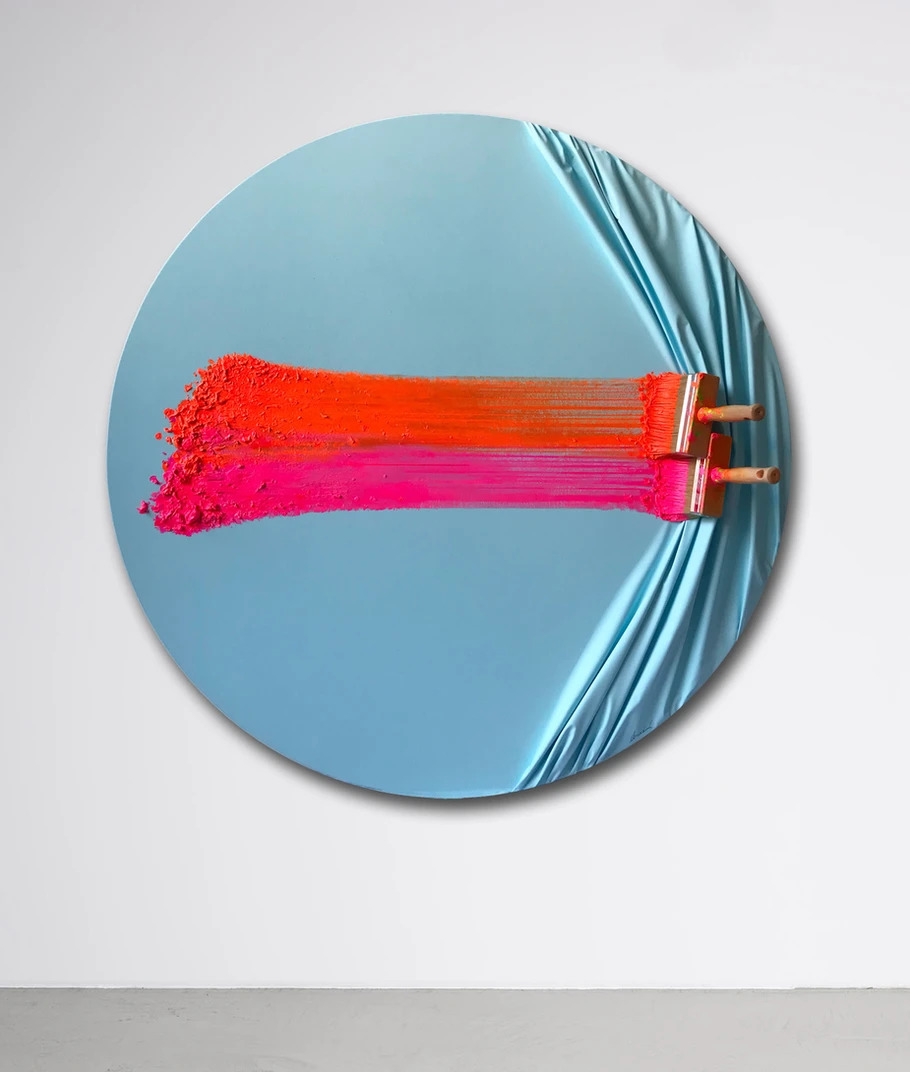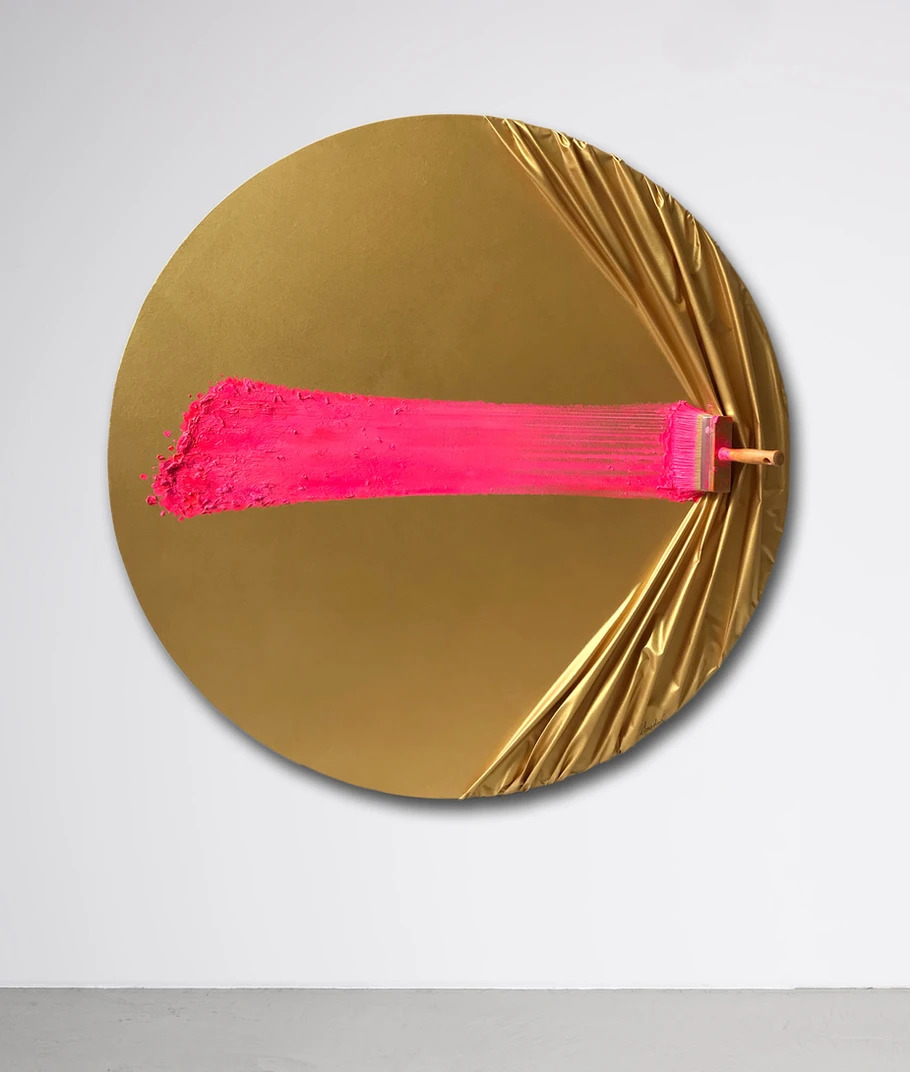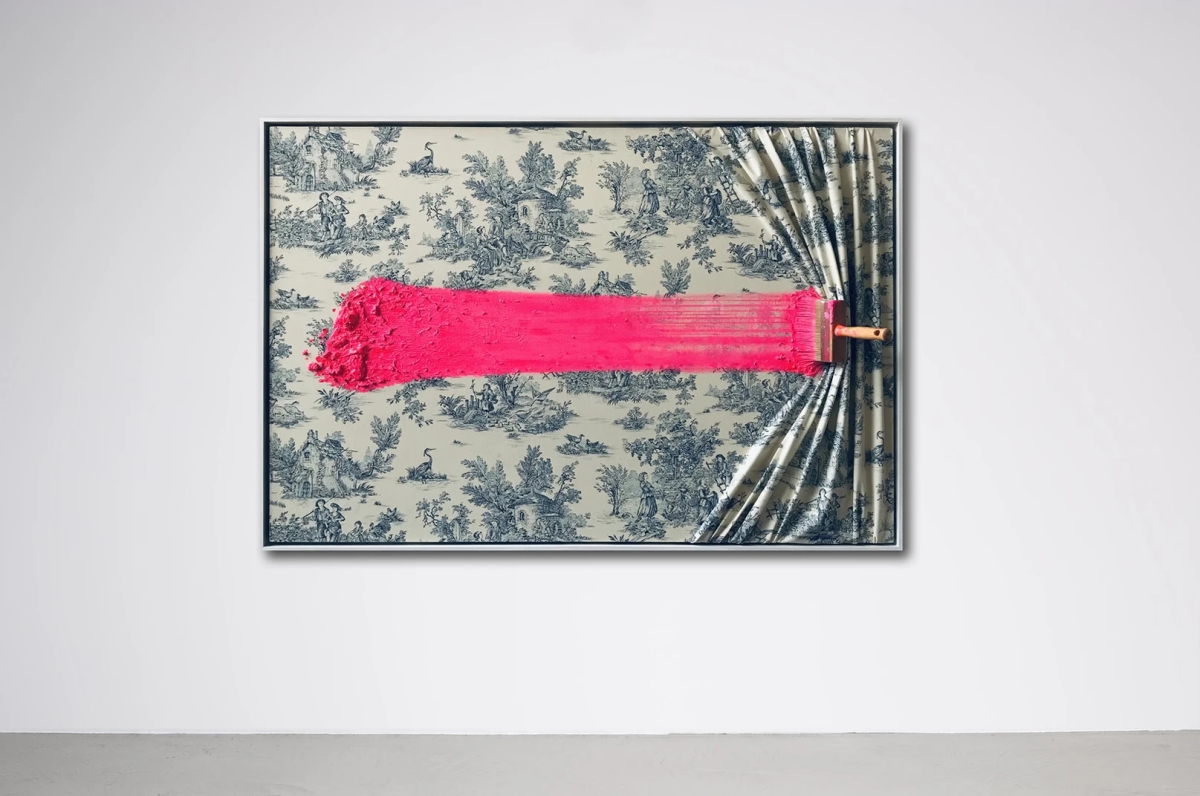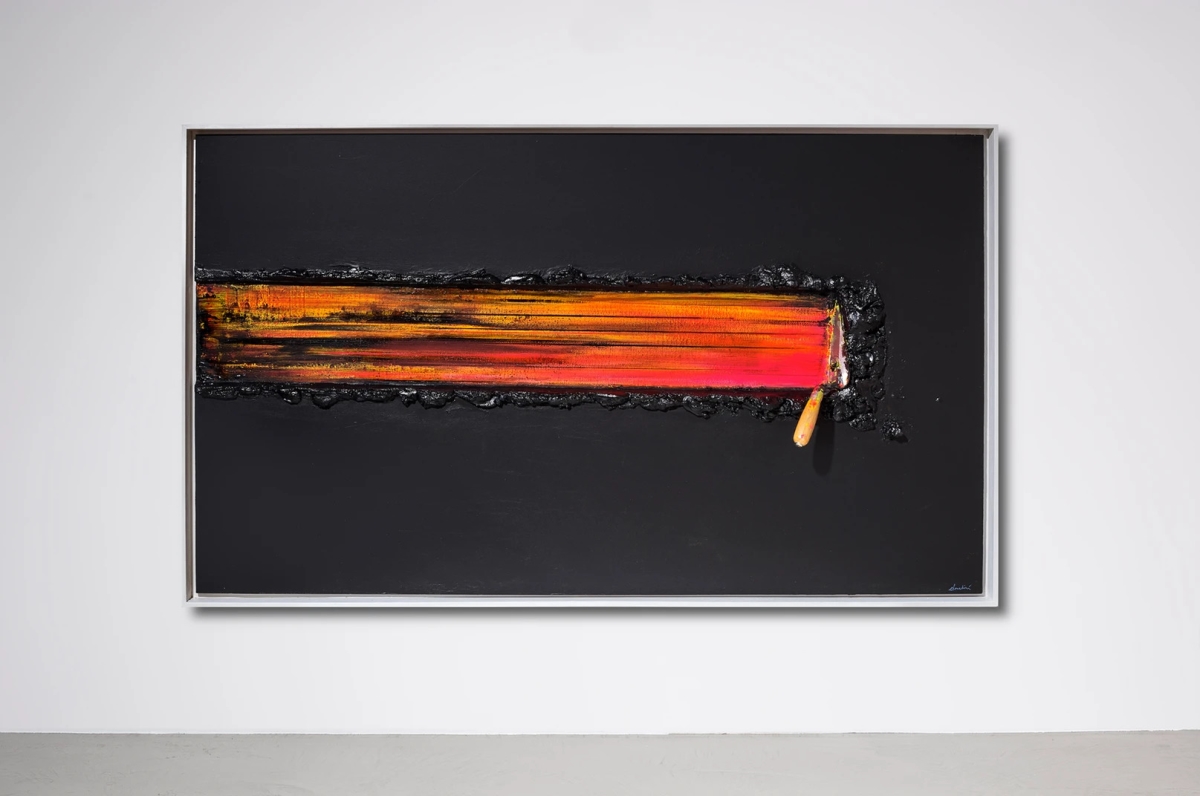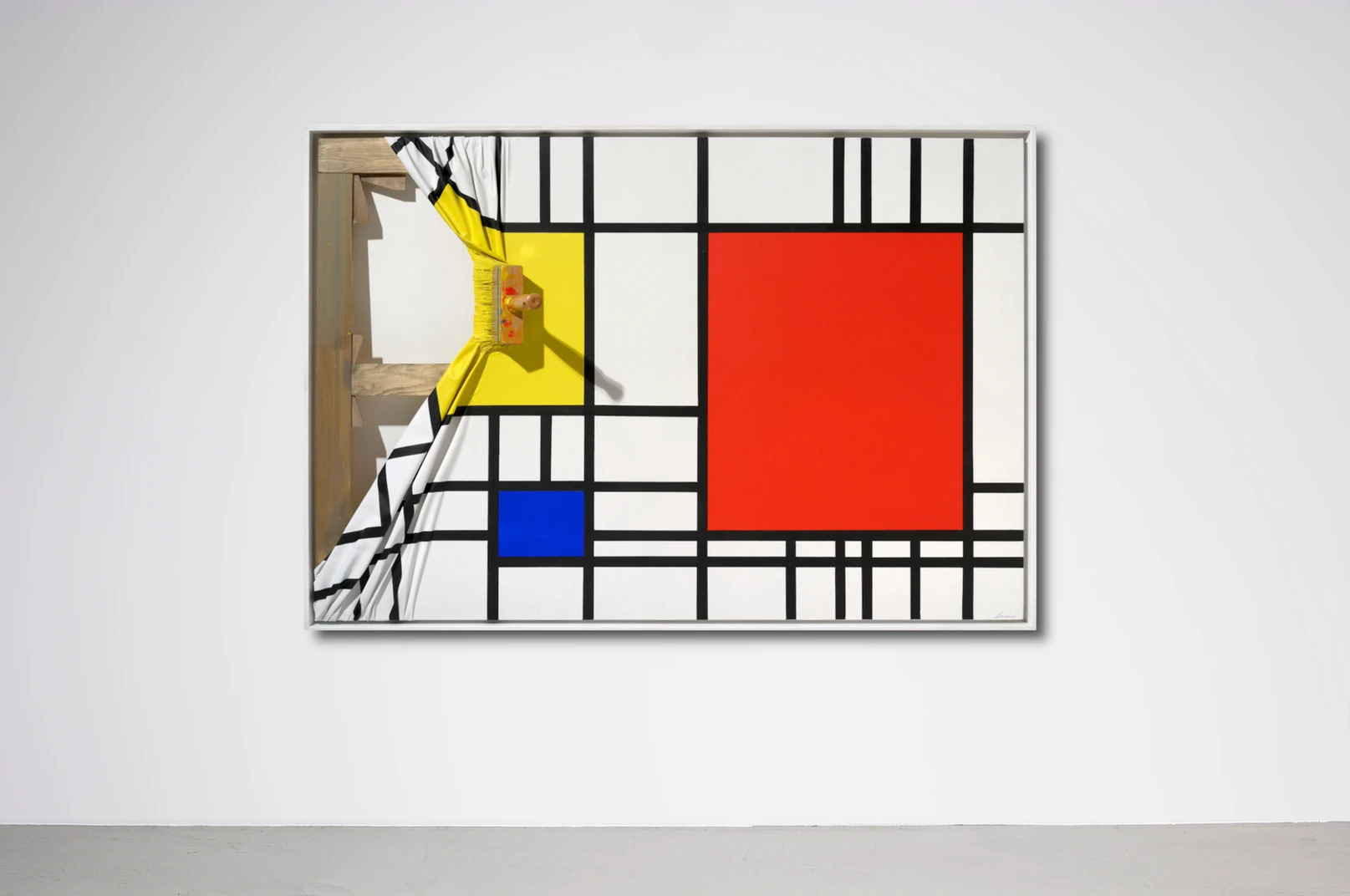
Artist’s Biography
Jean Paul Donadini is a french painter who was born in Troyes, France, in 1951.
He graduated from the Beaux Arts of Nancy in 1973 and the Beaux arts of Paris in 1976.
Since then, he has worked and lived in Paris, and has had many personal exhibitions in France and abroad: Londres, New York, Miami, Chicago, Istanbul, Dubaï, Séoul, Singapour, Hong-Kong, Paris.
Bio source https://www.jeanpauldonadini.com/biography
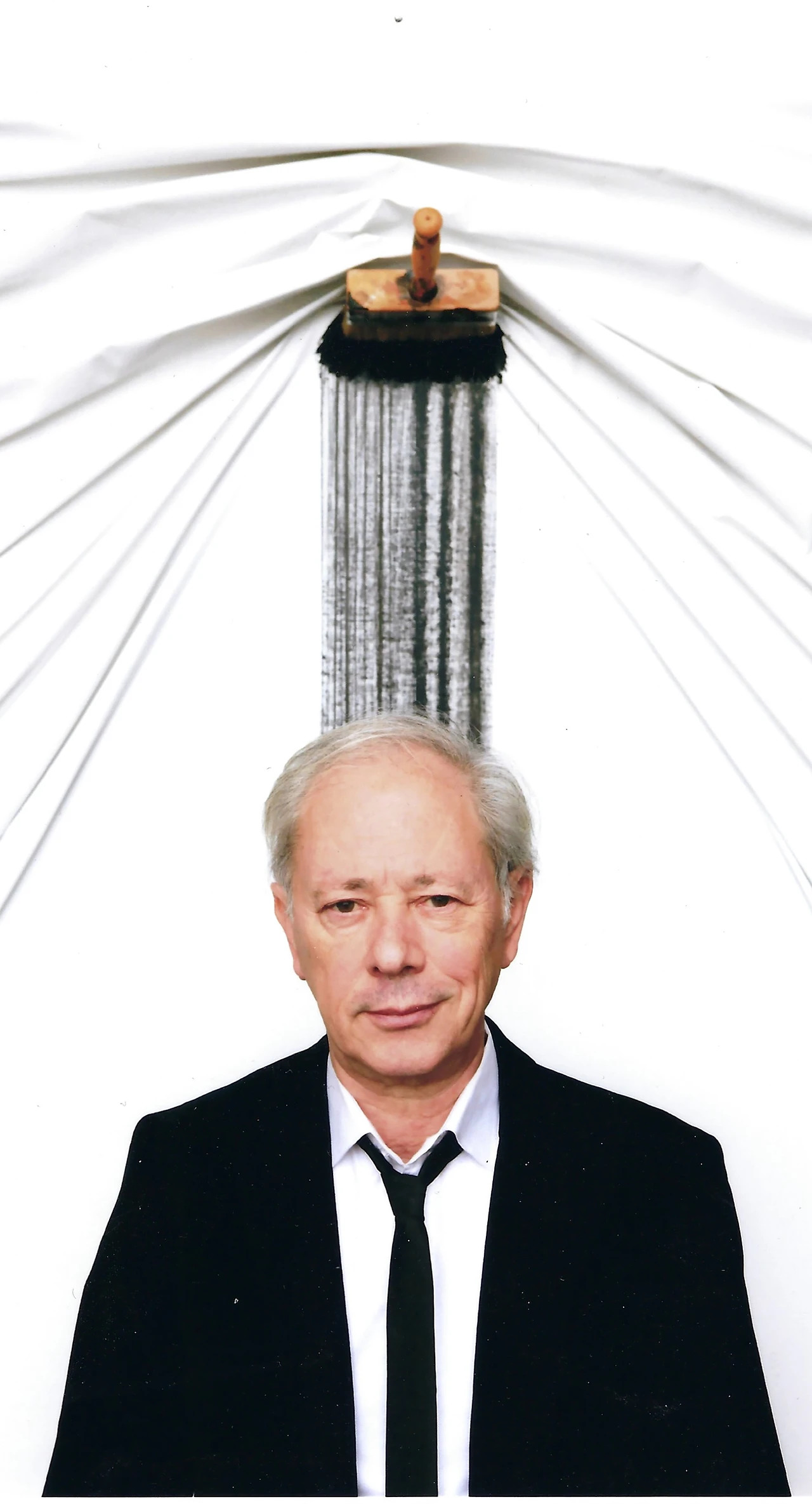
Interview
Artist: Jean Paul Donadini
What is one of your strongest childhood memories?
At seven, I was fascinated by knife paintings created by my great-grandfather. Wanting to
reproduce his works, I used a kitchen knife and gouache tubes in my first paintings, which take up his themes.
How does your French and Italian heritage inform and influence your work? Who are your favorite current artists?
In my opinion, French culture is marked by its history, a mosaic of cultures. Very early on, my Italian origins led me to be interested in the great Italian masters. Afterwards, I watched with interest the works of De Chirico, Morandi, Mimmo Rotella, Rudolf Stingel, etc. My current favorite artists are George Condo, Jonas Wood, Erwin Wurm, Anselm Kiefer, Kaws and Banksy.
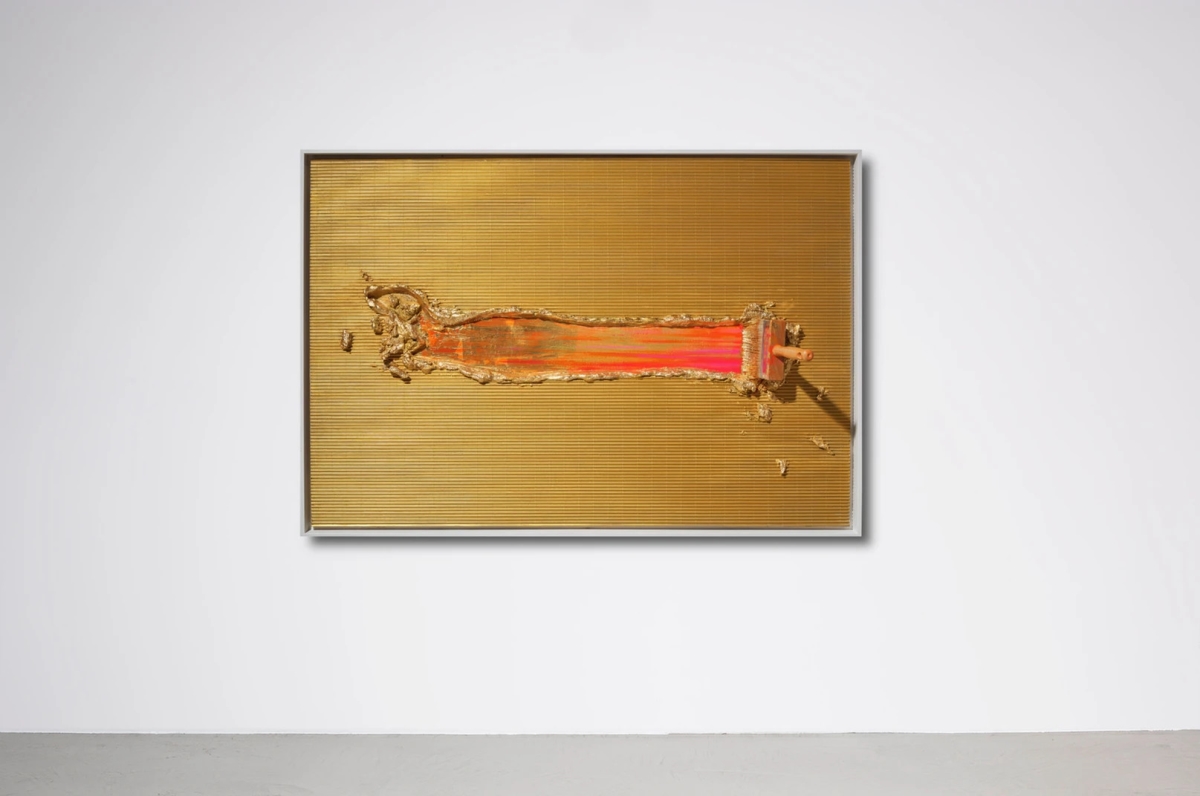
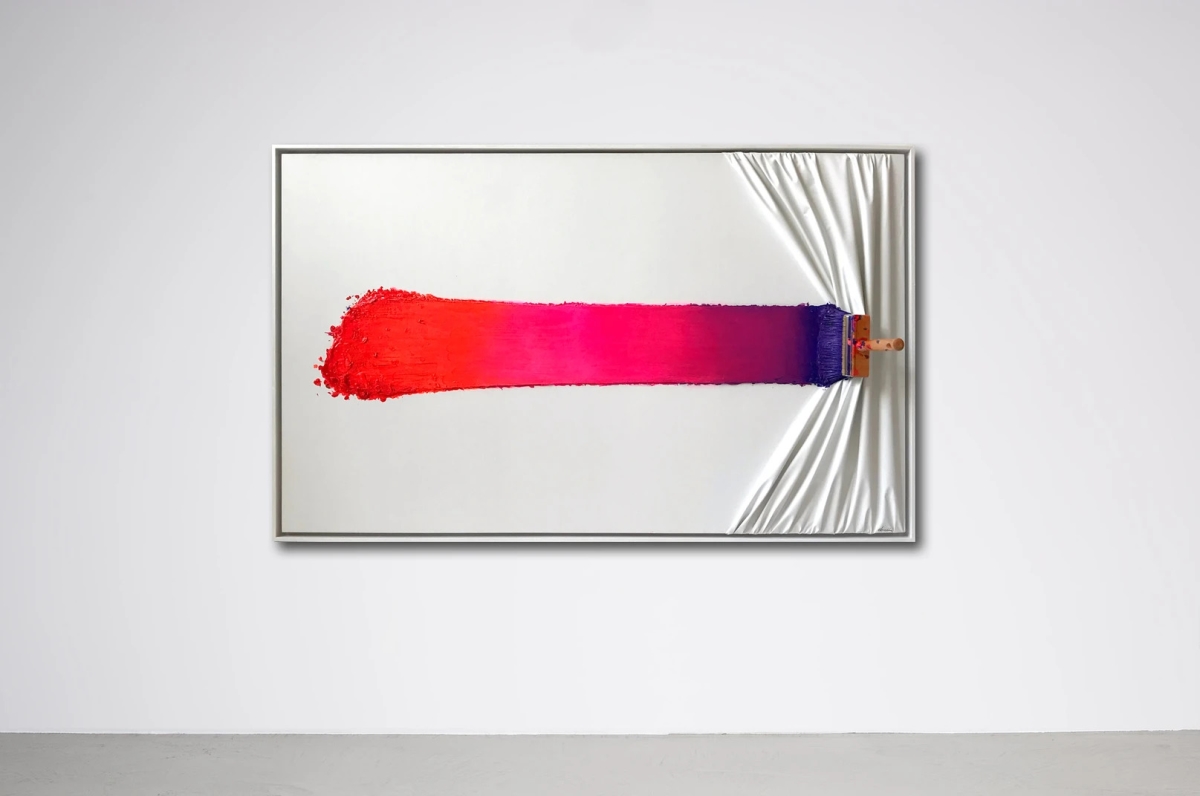
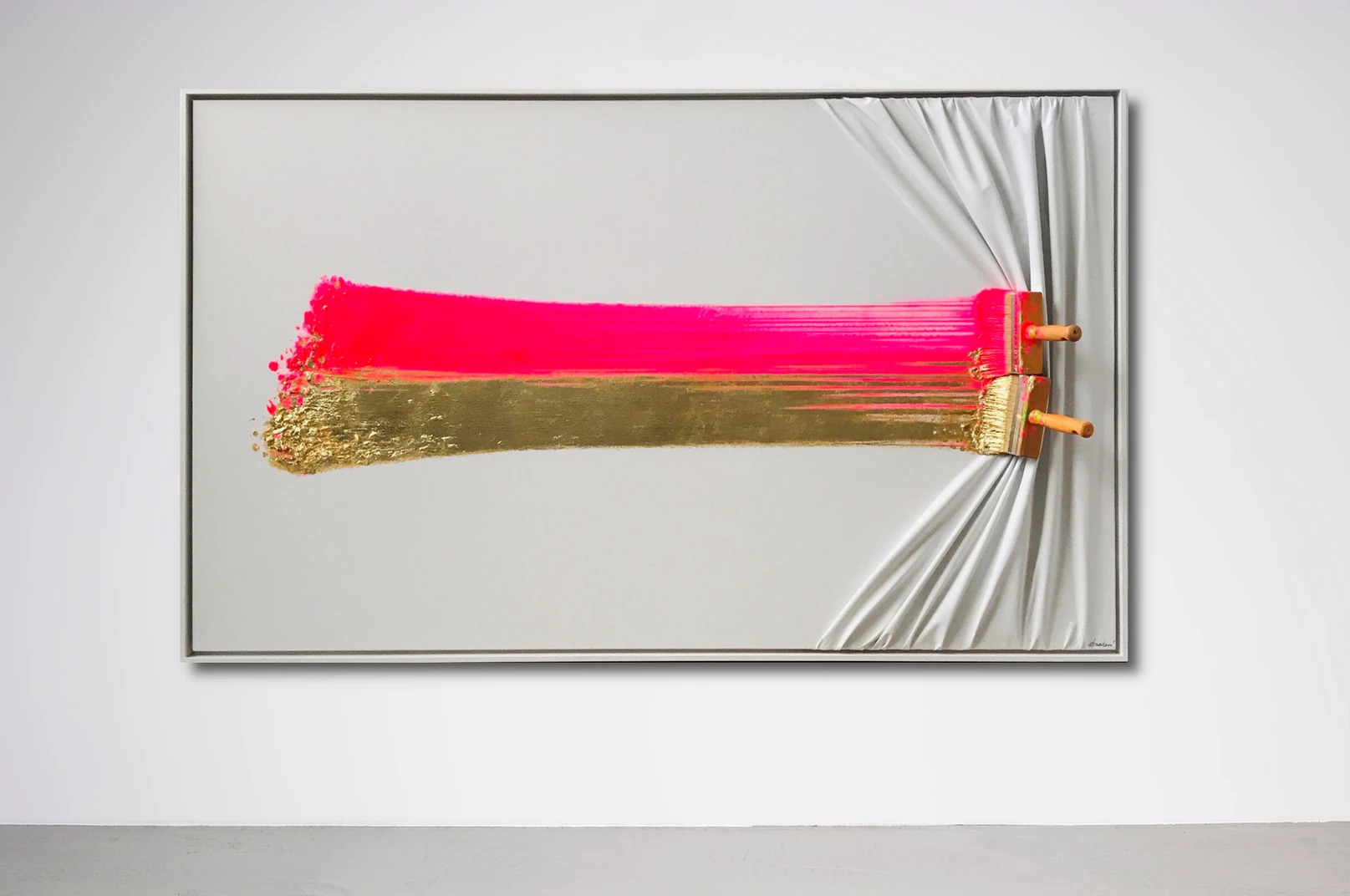
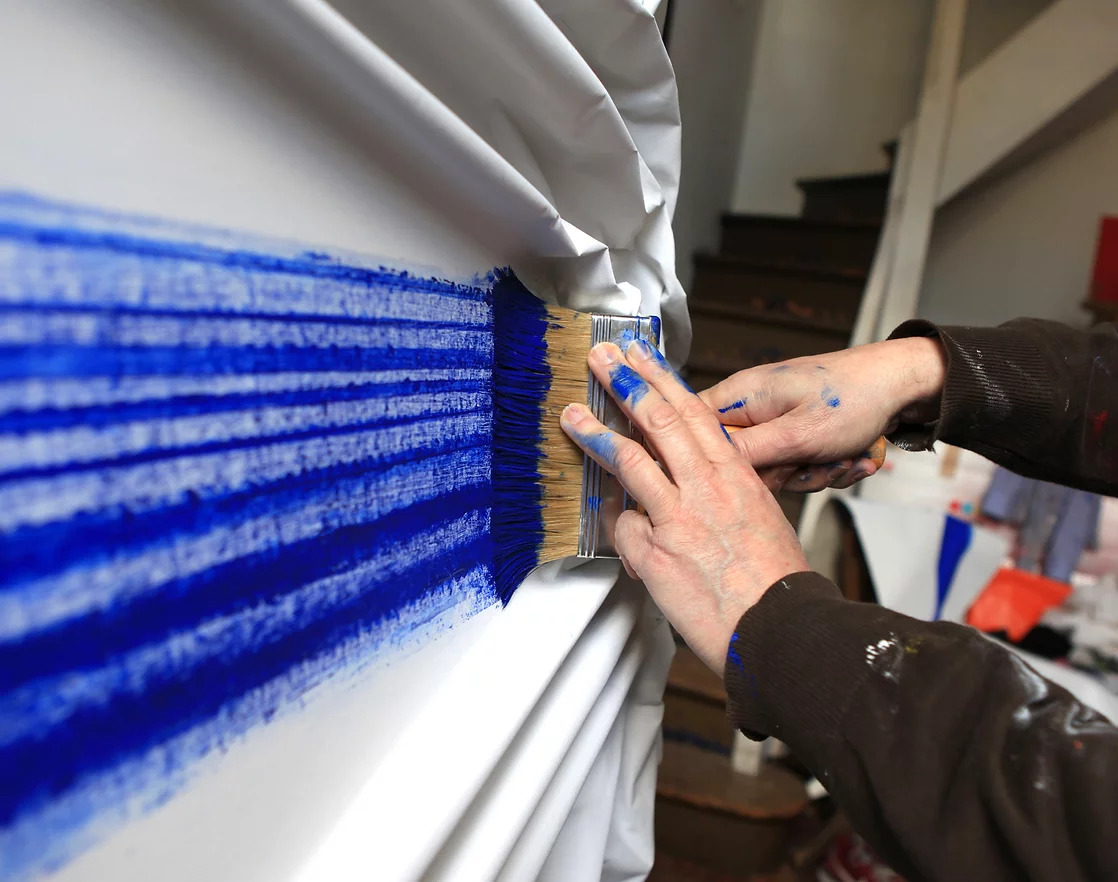
What made you decide to become a full time artist?
I didn’t like school, I was bad. The only enjoyable time for me was drawing class, I was good at drawing. I can’t thank my father enough for encouraging me to go to Fine Arts. His friends told him, “Artist is not a job!” Following the first successes of my painting, I chose to combine the useful with the pleasant and to make it, from the 1990s, a full-time activity.
What was the first project you worked on professionally?
In 1973, after the Ecole Nationale des Beaux-Arts in Paris, I collaborated with two geniuses, Salvador Dali and Man Ray, whom I regularly met and who made me discover audacity and madness. I personally assisted them in a lithography workshop in Paris, before starting my own lithograph activity.
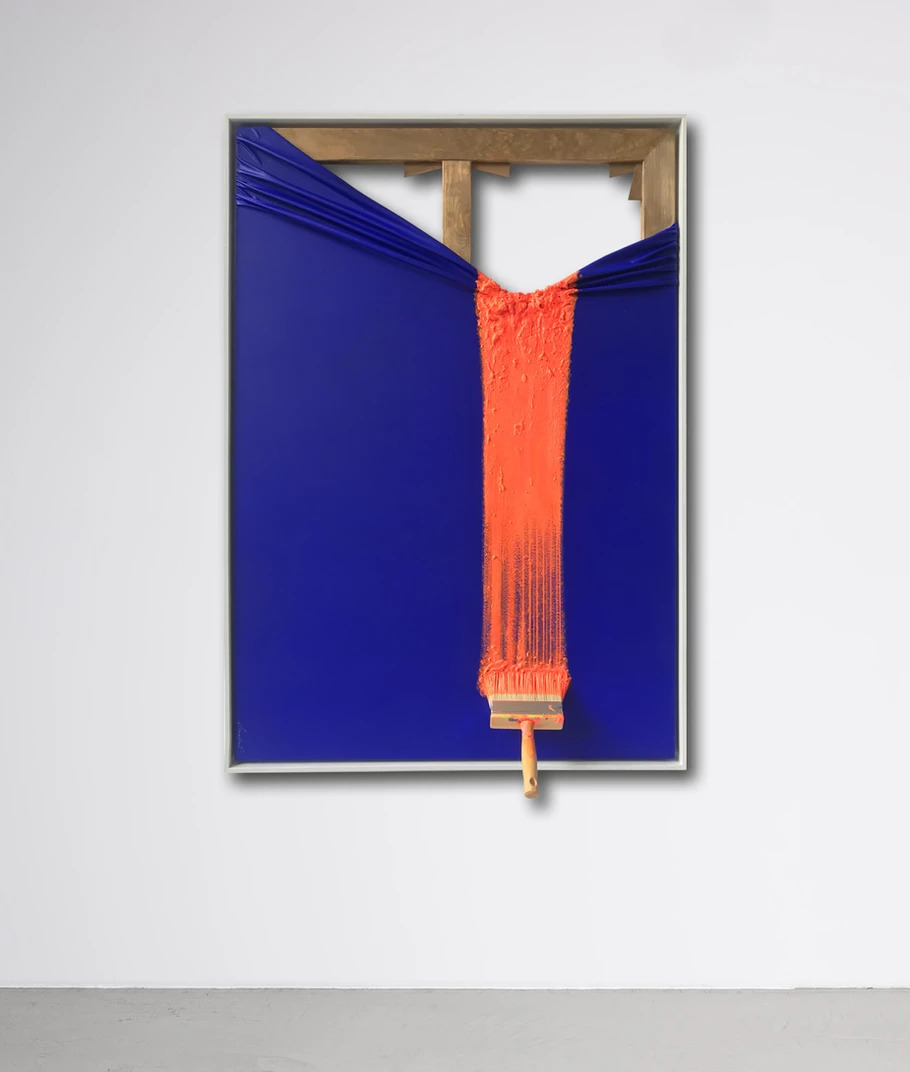
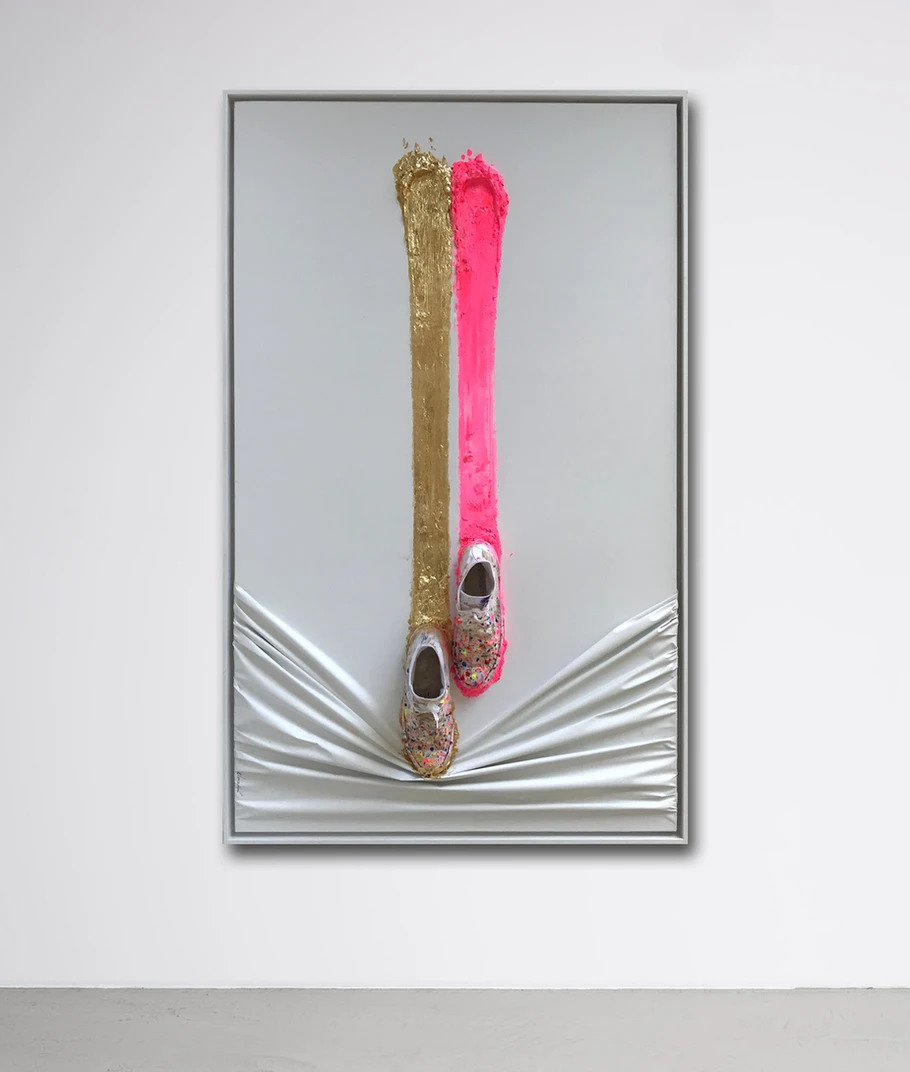
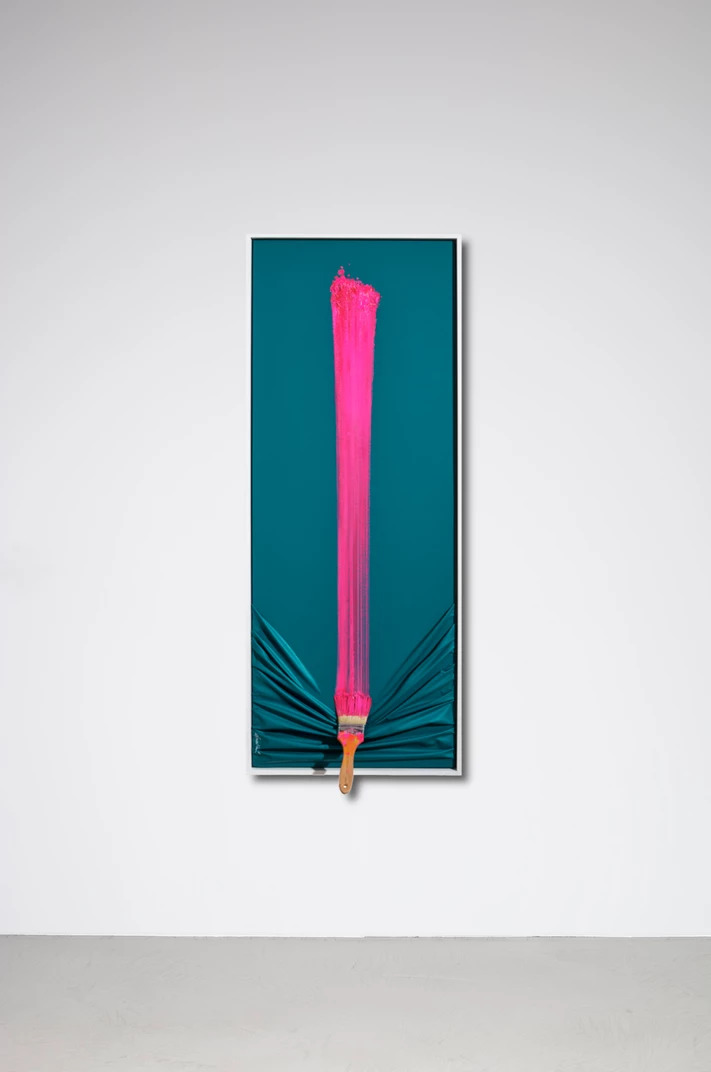
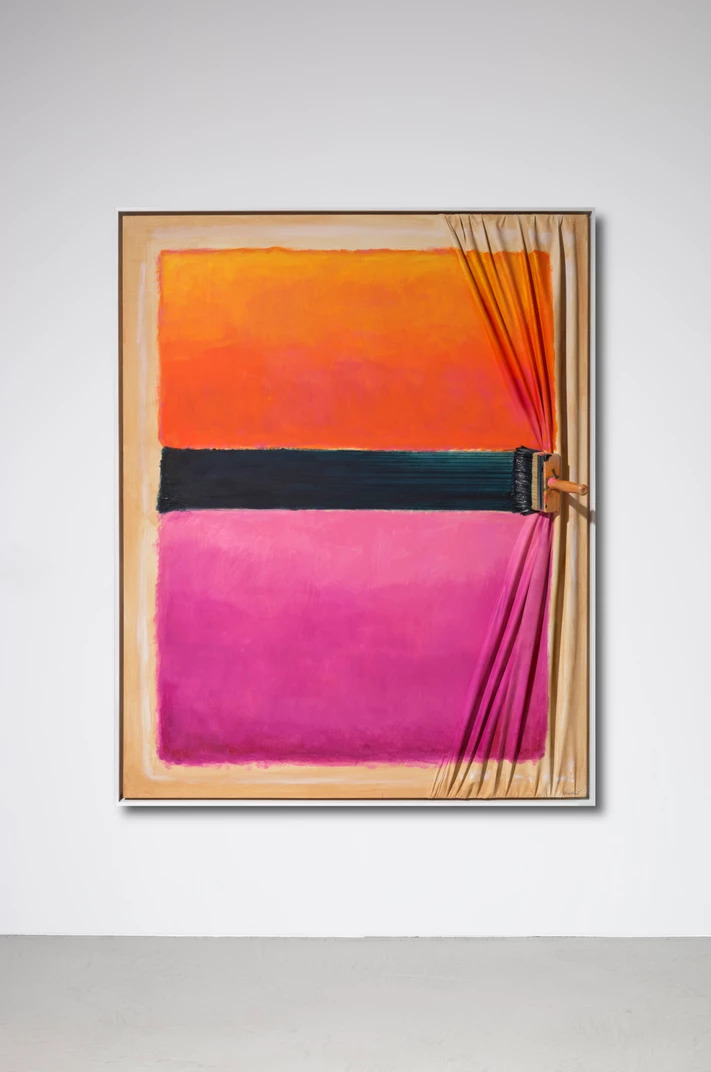
What does Brosse arrêtée (stopped brushes) represent and how would you describe your style?
The stopped brush evokes for me personally the gesture of the artist, materialized in a painting. I wanted to make a reference to the process of creating a painting, but also as an artist working in his studio, to honor all these little poses that make up our activity. A painting is comparable to an unfinished work, only the artist can decide to put an end to it. I wanted to use his crumpled canvas as a reminder that life is a theater, when the curtain opens, magic operates, full of mirages and illusions. However, I do not like interpretation dictates. I invite everyone to let their imagination run wild.
How long does it typically take to create a painting from the initial idea to the end result?
There is no notion of time to finish a work, every painting is an adventure.
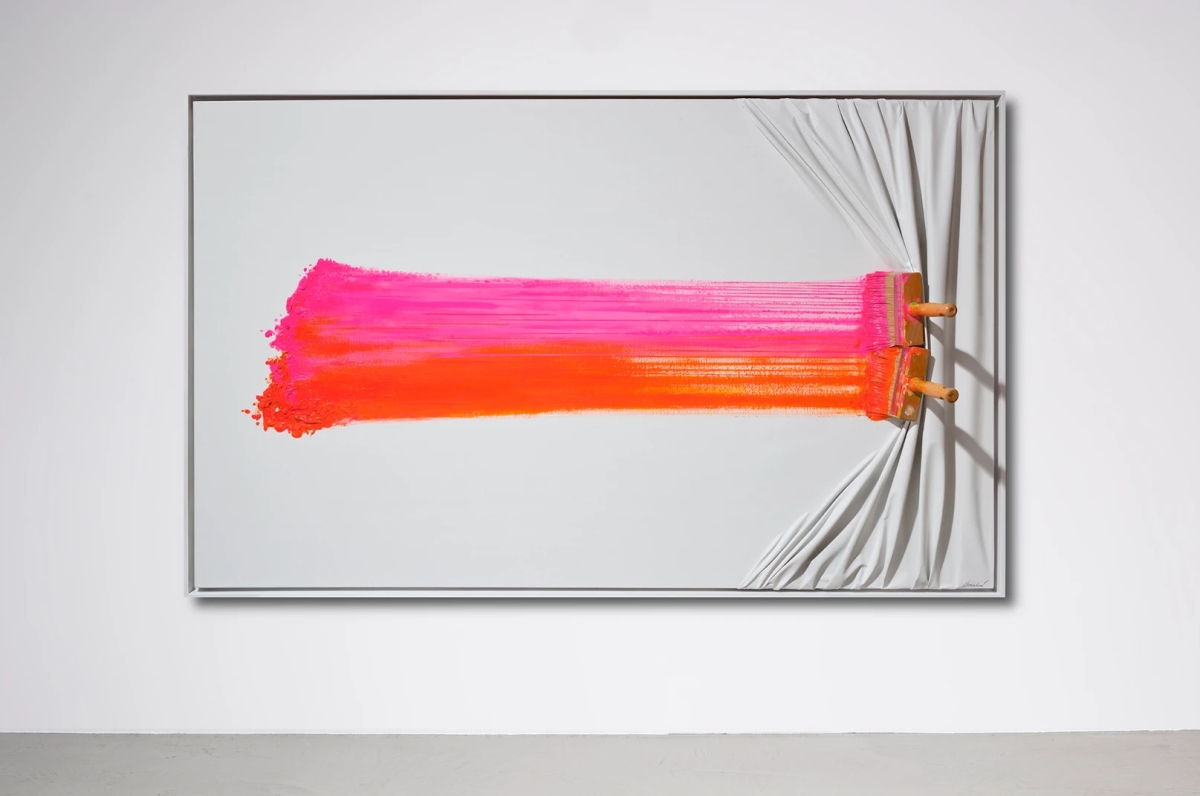
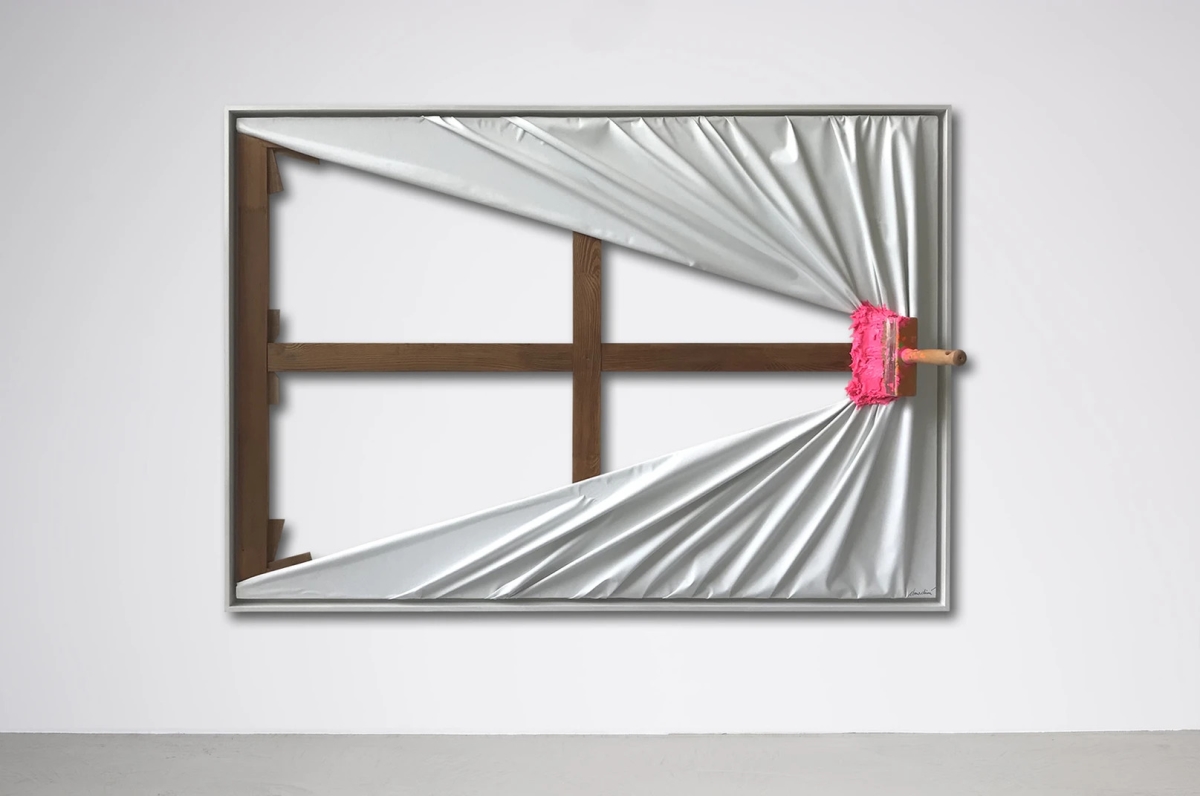
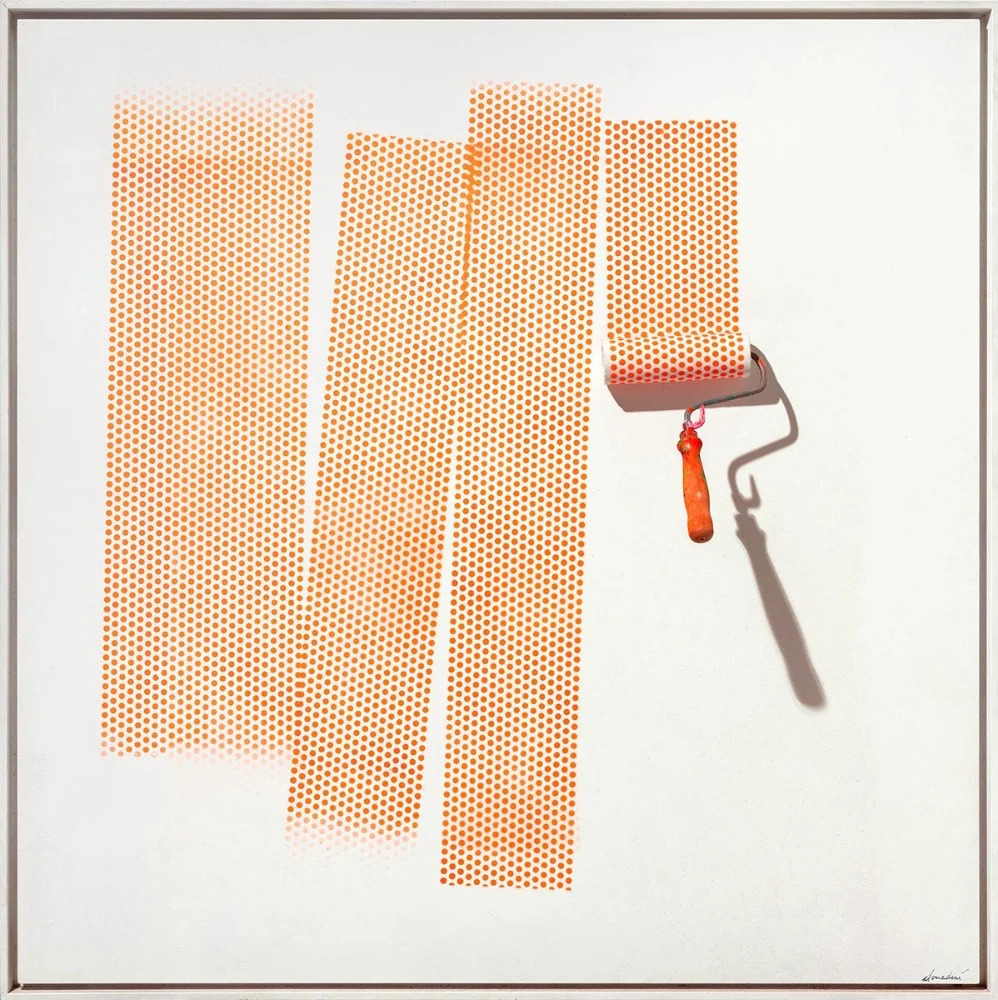
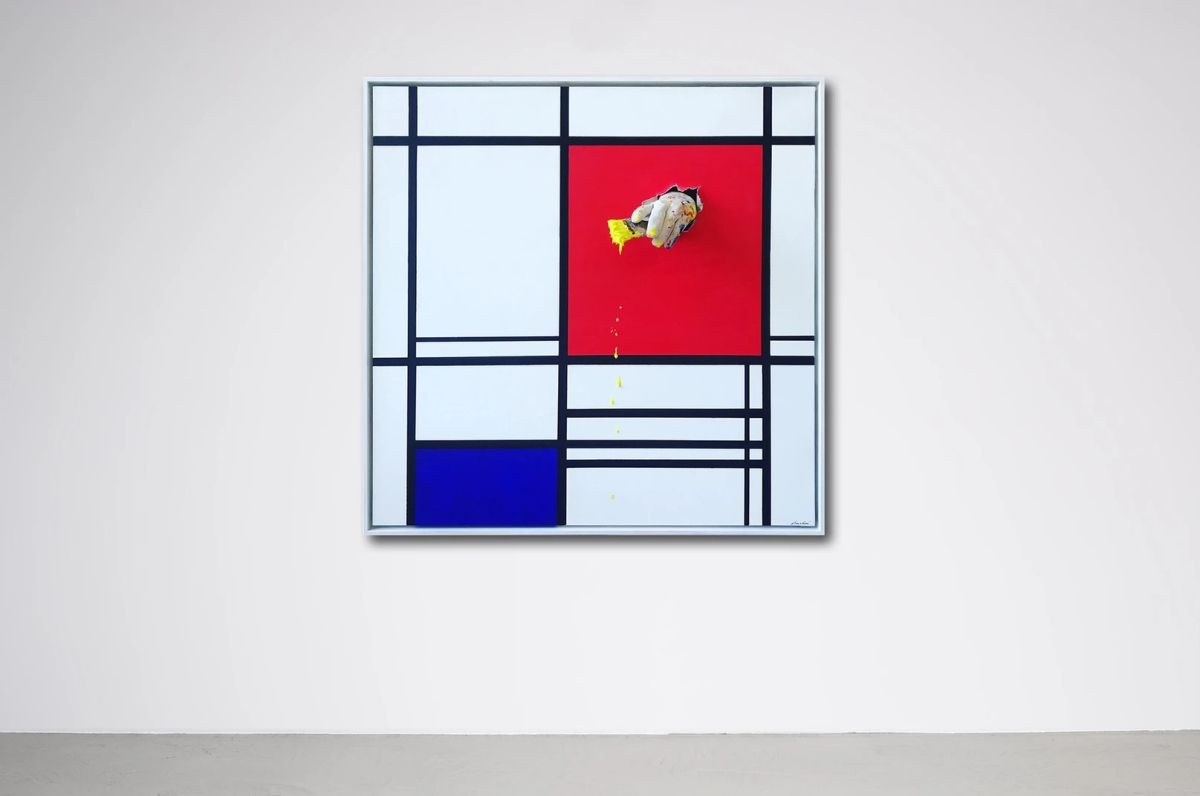
What is your daily routine when working? What are the most indispensable items in your studio?
When I arrive at my workshop, first I put on music. The real enemy of the artist is routine. Creation never leaves you alone. I need to spend 8 hours in the workshop, whether it’s good or bad and solve the problem. My workshop is a capharnaüm, everything and its opposite, brushes, paints, drill, saw, and even lipstick (which is an interesting material because it is difficult to handle). The tools allow exploration.
What are you doing when you’re not creating?
Of course, it is outside that I do the intellectual approach, in museums, galleries…I am like a sponge: a color, a word, a sentence, an image, a sound, the street…nothing escapes me.
Everything starts with observation. Most people don’t look, they don’t know how to watch.
Travel is an inspiration to me. I love New York and its avant-garde. I discovered Japan 35 years ago when I first exhibited there. I have been there many times since and every time I travel, I am still fascinated by this culture full of tradition and at the same time eccentricity. In Japan, I discovered the Teshima Art Museum in the inner sea of Soto, a magical place, created by Ryūe Nishizawa and Mutsurō Sasaki. You are forbidden to take pictures so must enjoy the experience and see the moment (air, light and water).

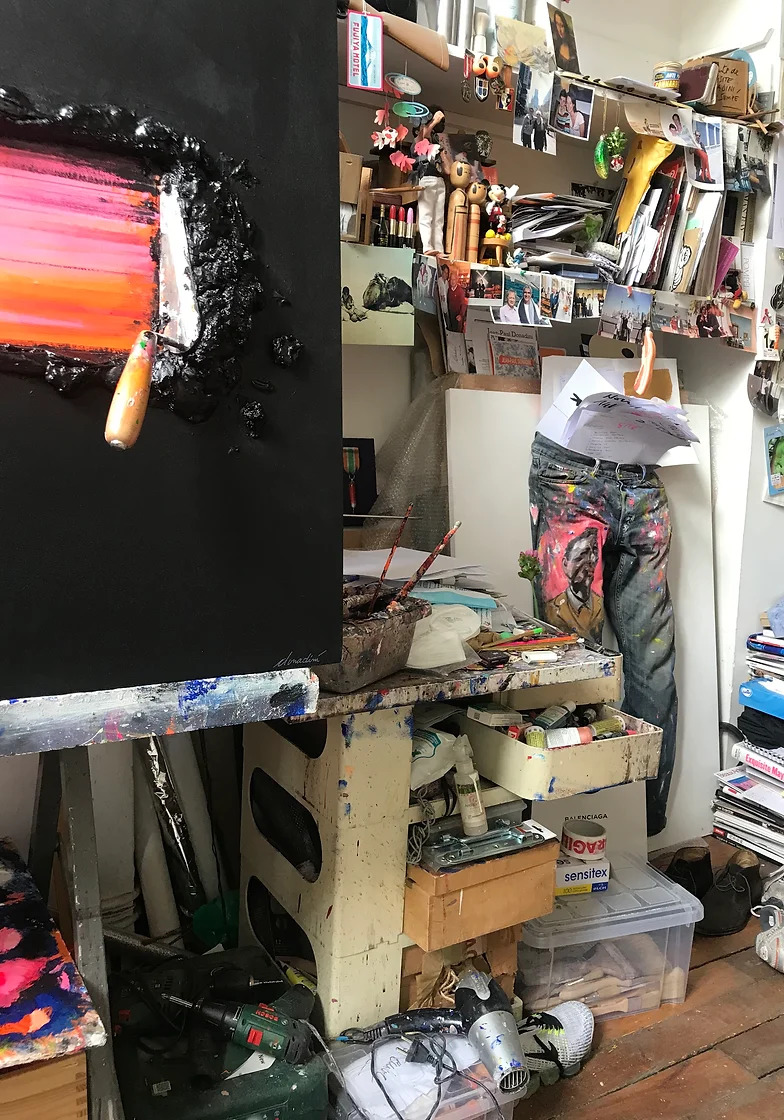
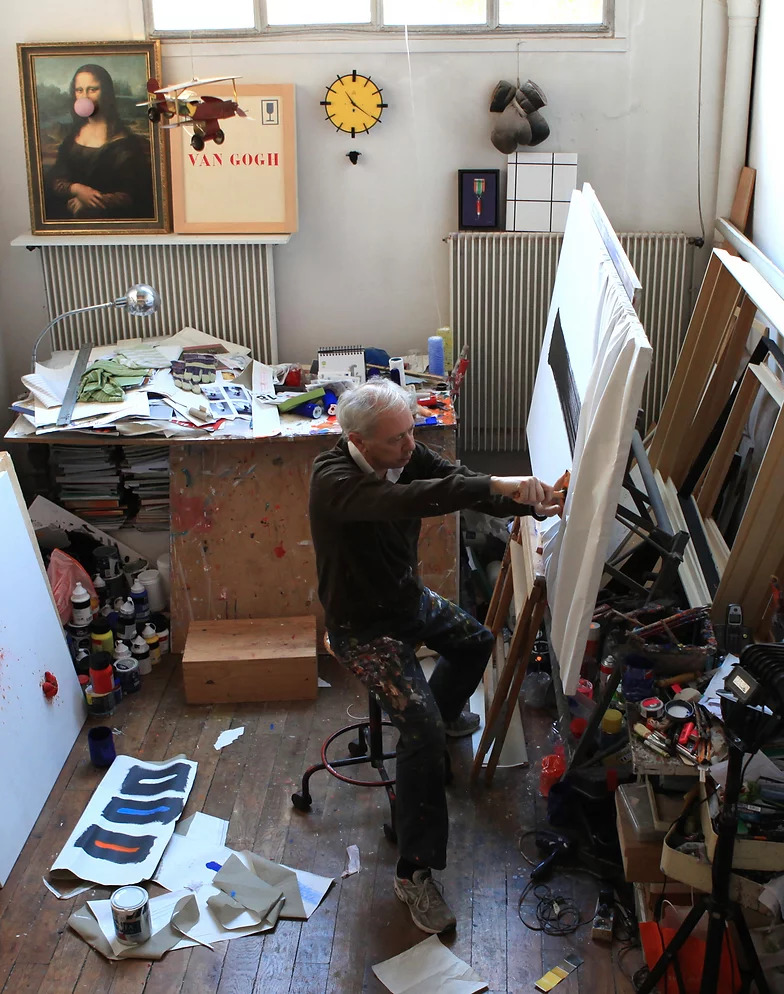
You have travelled a great deal in your life. How has learning about people and places enriched you and your work?
At the base of my painting is an immense curiosity. In the cafes, I like to sit and watch the walkers pass, I find a source of joy. It is the same during my long walks on the Norman coast, where I stay several months a year.
What is your favorite quote?
My favorite quote is “We can shake hands; talent can’t be caught!”
https://www.jeanpauldonadini.com/
Editor: Lisa Portscher
https://www.instagram.com/lisaportscher/
